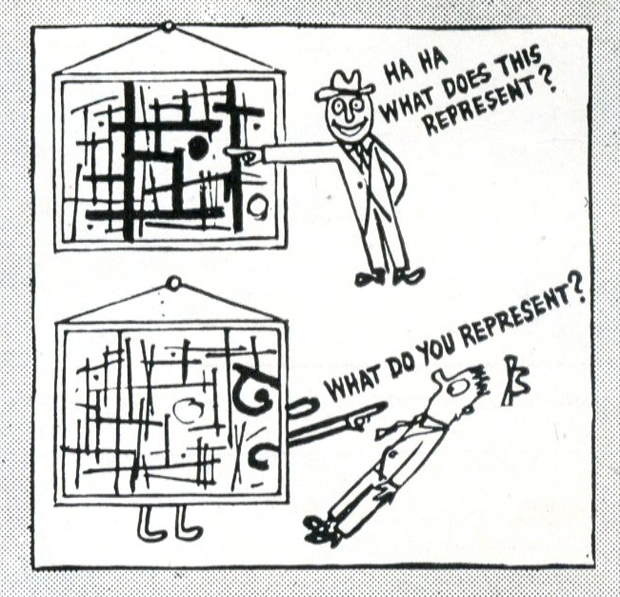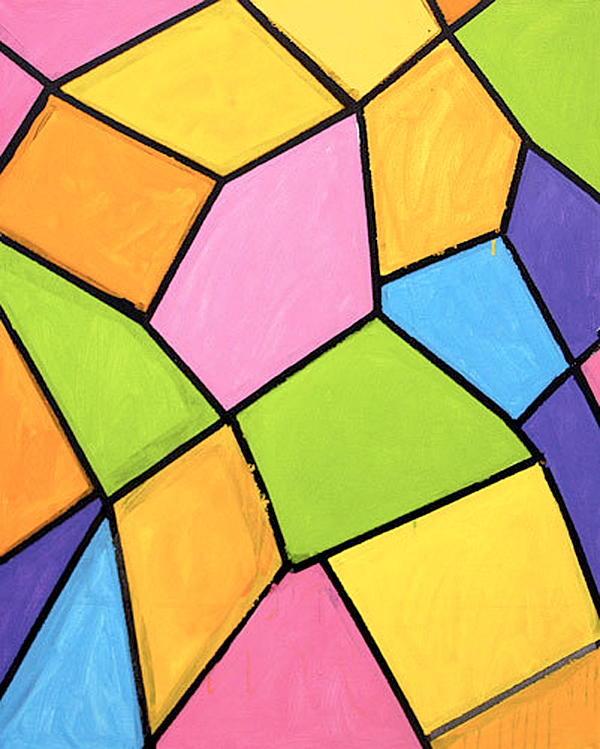
The Simpsons and abstract painting
In our book Painting Abstraction, Bob Nickas looks at how cartoons can raise and answer some serious questions
Despite being one of the most conspicuous branches of contemporary art, abstract painting suffered a so-called "death" in the late 1960s and early 1970s, as artists moved away to post-studio media like video, performance and site-specific art. From the 1980s onwards, however, it has enjoyed resurgence, whose achievements and aspects Bob Nickas covers in Painting Abstraction: New Elements in Abstract Painting. This excellent account of a remarkably persistent genre examines the work of 80 artists, grouping their work in categories that include Rhythm and Opticality, Found/Eccentric Abstraction, Colour and Structure and Form, Pace and Scale.
In his introductory essay, Nickas gets down to the fundamentals of abstract art, the issues it raises about representation, and the challenges it presents to those who look at it, sometimes with sceptical eyes. This is no better encapsulated than in an art cartoon by Ad Reinhardt. It shows a man ridiculing a piece of abstract art, demanding, "What does this represent?" Only for the painting to shout back at him, "What do YOU represent?"

Cartoons play an equally vital role in Lovejoy Jr. by Mary Heilmann, featured in the Colour and Structure chapter. Colour is the primary liberating force in Heilmann's work, which is influenced as much by the synthetic stuff of everyday life - nail polish, neon tubes - as nature. Lovejoy Jr. is named after the Reverend Lovejoy in The Simpsons and the stained glass window in his church, of which this resembles a detail. There's an echo of pop art here but this is more than a mere cultural reference; while acknowledging her inspiration, Heilmann detaches the detail from its context, presenting it as a joyful demonstration of the interplay between colour and form. Praise be, as the reverend might say.
Enjoyed this insight? Then consider ordering a copy of our newly updated Painting Abstraction, the most authoritative book on abstract painting currently available.